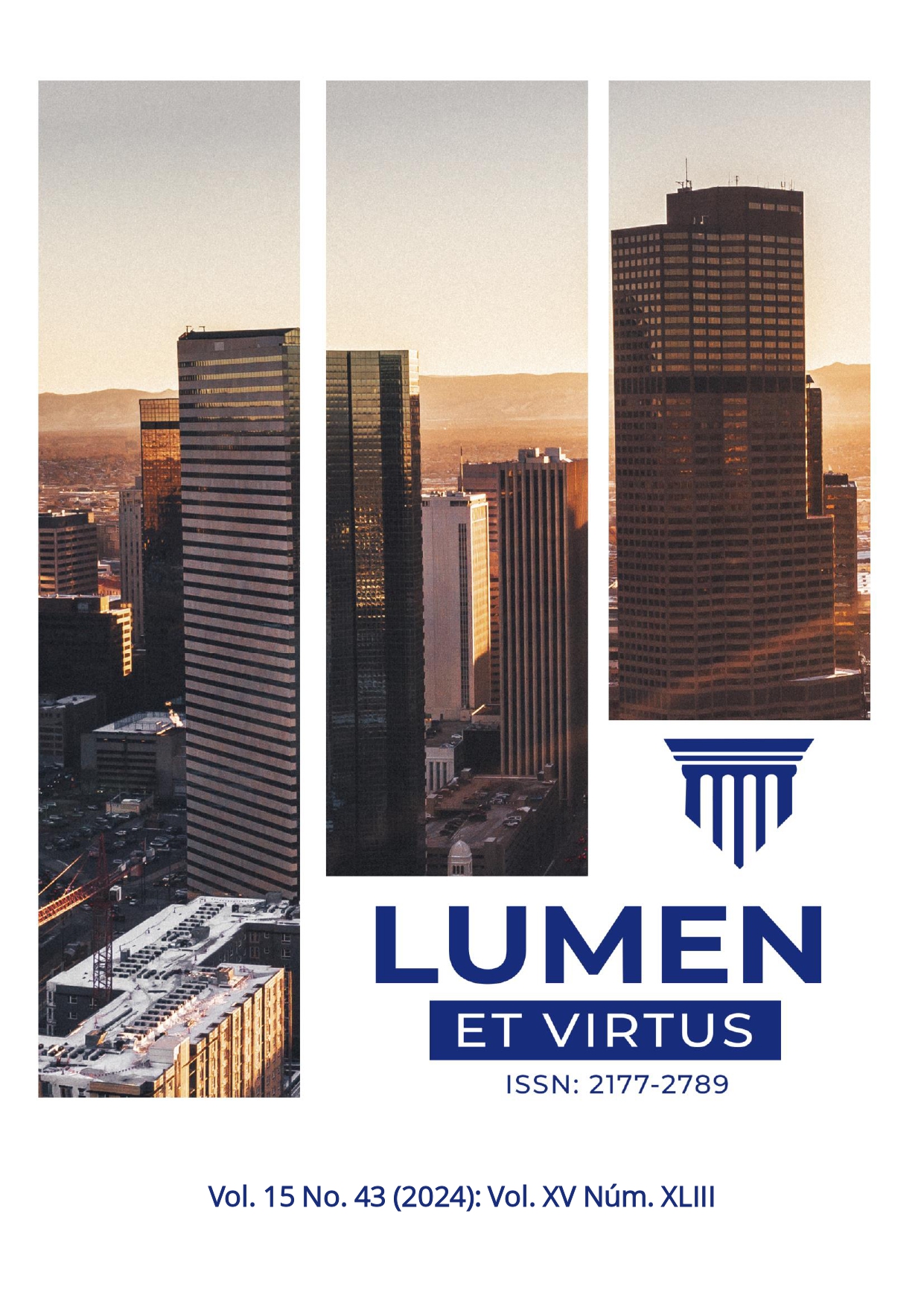THE EVOLUTION OF BURN TREATMENT: AN ANALYSIS OF SKIN GRAFTS AND THEIR ALTERNATIVES
DOI:
https://doi.org/10.56238/levv15n43-005Keywords:
Burn Treatment, Skin Grafts, Therapeutic Alternatives, Skin RegenerationAbstract
This article analyzes the evolution of burn treatment, focusing on skin grafts and their therapeutic alternatives. Burns, which can be caused by heat, chemicals, or electricity, cause significant damage to the skin and underlying tissues, often requiring surgical interventions such as skin grafting to promote healing and prevent complications. The research points out that autologous grafts and allografts improve recovery, with emphasis on the use of Nile tilapia skin as a promising alternative in superficial burns. In addition, the study addresses the impact of burns on skin sensitivity and quality of life in patients. The article also explores innovations such as dermal regeneration matrices (DRM) and the use of biological dressings, aiming to reduce costs and improve therapeutic outcomes. The systematic review, based on studies published between 2019 and 2023, provides a comprehensive overview of current clinical practices, identifying factors that influence graft success and potential complications. It is concluded that the treatment of burns must be holistic, integrating clinical and psychological care to ensure an effective and satisfactory recovery.





